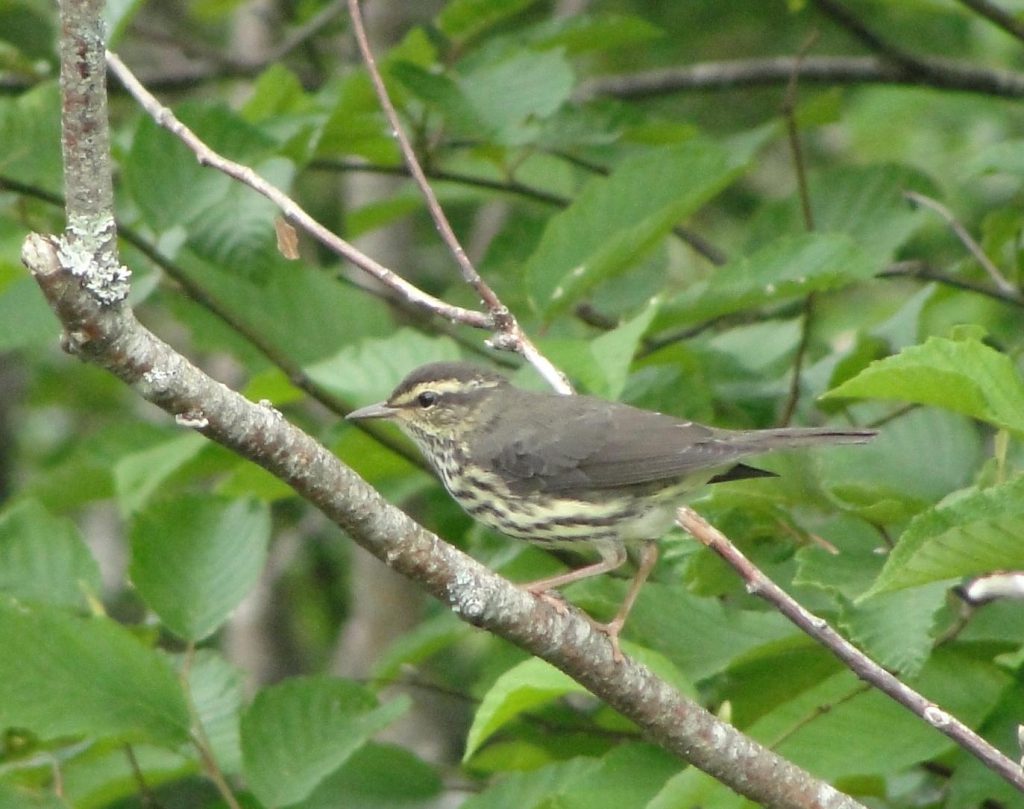In the last couple of weeks, we’ve received several emails from people who have completed the target hours in their blocks, and are trying to decide where their efforts can now most benefit the atlas. Although we have general priorities, there are enough blocks that need work that we don’t have a simple prioritized list. Nonetheless, there are simple strategies that everyone can use to make a decision about where they can help the most. Continue reading
Winter priorities
With the start of the third winter of the atlas project, it’s worth a quick recap on where things stand, and what our priorities are. We currently have very good coverage in some areas, but less good elsewhere – much as things stood with the breeding atlas at the start of this year. Continue reading
Winter is here
On Tuesday, we held our third annual volunteer appreciation event. Unlike previous years, we were unable to gather at Hammonasset and watch harriers hunting over the marsh as we provided updates, and instead met on Zoom. Continue reading
Confirming waterthrushes
As is often the case, discussion on the CTbirds listserv, starting with a post by Preston Lust, led me to take a look at the preliminary atlas species maps this morning. This time, the subject was waterthrushes.
Yard atlasing
Birders keep lists. We all know that, even if we don’t do it ourselves. Some are more compulsive than others. A few months ago, I wrote about the potential for adding atlas data without ever leaving home and I noted that I’d confirmed breeding in a fair number of species just by watching the birds from my office window. At the time, I didn’t know the exact number, but this weekend I made a proper list. Continue reading
Confirming hummingbirds
Recently I was asked if we’d written a blog post on hummingbirds and had to answer “no”. Ever since, I’ve been thinking about what there is to say on how to confirm breeding for the state’s smallest nesters, as it can be surprisingly difficult (though not as bad as for the closely-related chimney swift). Continue reading
Confirming thrushes
On the ctbirds listserve, Chris Wood recently described how his experience finding hermit thrushes in his blocks led him to look into the atlas data on the species. Others have chimed in with suggestions of how and where to find them (hemlock groves are often key).

Recently fledged hermit thrush, as revealed by the buffy spots on the wings and head.
Confirming birds in practice
In my last post I described the value of birding in July, as there are many good opportunities to confirm breeding by species. That was the theory, though; how does it translate into practice? Continue reading
July is the month
When we started the atlas, we told everyone that our goal was to have 20 hours of breeding season survey effort in each block. That time could all be spent by one person who “adopts” the block, or it could be from a mix of people. And, we asked that the time be spread evenly across the breeding season, including visits to all habitats, and with at least a little time listening for nocturnal species. Continue reading
Where are the woodpeckers?
Yesterday, I wrote about a way that birders can help with a student-led project designed to study the effects of forest fragmentation on woodpeckers and other bark feeding birds. Today, I thought I’d give an update on what the atlas data show us, so far, about the distributions of woodpecker species in the state. Continue reading
